 Abraham Lincoln
If given the truth, the people can be depended upon to meet any national crisis...
Abraham Lincoln
If given the truth, the people can be depended upon to meet any national crisis...
 Guildford news...
for Guildford people, brought to you by Guildford reporters - Guildford's own news service
Guildford news...
for Guildford people, brought to you by Guildford reporters - Guildford's own news service
Birdwatcher’s Diary No.54
Published on: 30 Jan, 2014
Updated on: 30 Jan, 2014
By Malcolm Fincham
With flood waters decreasing on the upper levels of the River Wey in Farnham by January 11, our rare visitor to Surrey, the glossy ibis featured in my last report, decided it was time to move on.
This wasn’t without it making a brief visit to Frensham Great Pond before flying north and not spotted in Surrey since. Most importantly, I took the opportunity of a few more pictures and a few short video clips. They show it both feeding and preening. Click here to see the first clip. and here for the second.
By the middle of the month the flood plains surrounding Guildford had also started to recede to normal winter levels, at least for a few days. There was a large influx of gulls arriving seeking food. And more noticeably to me on January 15 was the arrival of seven little egrets just beyond Guildford town centre on Shalford Meadows. At least five could be seen for several days, after, I would assume, feeding on small fish and invertebrates unable to find their way back to the river and trapped in small pools after the floods.
By the end of the week with more heavy rain the meadows were flooded once again and the egrets finding the water too deep for wading moved on leaving the area for the exclusive rights of several mute swans and large numbers of gulls to float on.
On a pleasant and sunny Sunday, January 19, I was unable to resist an invitation from my wife and daughter to revisit Farlington Marshes – a trip I had previously made and reported on just a few weeks prior to Christmas.
Although most of the birds seen on my last visit were still present, with large numbers of wintering brent geese still feeding on the grassland and occasionally flying to and fro from the lagoons, it gave me a great opportunity in good light to capture a few more pictures. These including ones of a few birds I missed out on during the previous visit.
It was of great delight to see a small group of a dozen or so bearded reedlings (formerly known as bearded tit) were still present and feeding in the reed beds. It is estimated that fewer than 700 pairs are recorded to breed in the UK. They are always a pleasing sight to see and a real bonus to get a few more pictures to add to my collection.
With a few days of sunshine and light hours drawing out a little later into the afternoons, it gave me a chance to find few hours the following week to get back down to my local patch at Stoke Nature Reserve.
They do say that when visiting the countryside nature does take its time in giving up many of its secrets. It takes numerous visits before one starts to tune into knowing the habits of birds and mammals that reside there.
This has certainly been the case for me and continues to be so. Often seen close to the sewage works near Stoke Lock cottage and feeding on any insects they might find at this time of the year are several chiffchaff – one of only a few types of warbler known to over winter in the UK.
For those who have followed my previous reports, I have had numerous good sightings of kingfishers at various locations since last October. This has continued to be the case in the last week or so on my visits to Stoke Nature Reserve.
On Monday January 20, I was pleased to pick one out as I walked the towpath. It was perched on the mooring rope of a canal boat close to Stoke Lock. Later that afternoon I was able to relocate what was probably the same male bird while I was using my binoculars as I scanned across Stoke Lake.
While watching, I noticed a dog walker pass by it as it continued to sit undisturbed deep within some sallows. It was seemingly having its afternoon siesta and remained perched long after I had got close enough for a number of pleasing pictures.
Out on the lake two great crested grebes could be viewed along with the usual many wintering tufted duck. The the only other notable change being the territorial display of two adult mute swans chasing a third around the lake, eventually forcing it to take flight.
With flood levels having dropped on the towpath between Stoke and Burpham Locks, it was possible to see some of the damage the floods have caused.
One particular section has lost a good six feet of its bank, showing how precarious it would have been at the time of the floods to have walked that section. Even now with soil loosened it is probably not advisable to stand too close to the river’s edge.
Across the river a small flock of redwing could be viewed perched high in some alders. These winter visiting thrushes along with fieldfares could be seen regularly in more rural areas around Guildford too. I have seen large numbers of more than 100 birds. Feeding on their favourite berry crops when they first began to arrive in October, they are now starting to take advantage of the waterlogged grassland to feed on worms.
Other types of thrush that have also been displaying well in the last few days included mistle thrush and song thrush. These having started to become quite active, some are now to singing in their repeating but varied fluted tune. Click to hear.
As the winter sun shone through the trees it gave me a false illusion that spring had arrived.
Also on the sunnier days common buzzards can often be seen gracing the sky, especially in areas over villages to the south of Guildford.
Responses to Birdwatcher’s Diary No.54
Leave a Comment Cancel replyPlease see our comments policy. All comments are moderated and may take time to appear. Full names, or at least initial and surname, must be given.
Recent Articles
- Burglar Jailed Thanks To Quick Action of Ash Resident
- Highways Bulletin for December
- Birdwatcher’s Diary No.318 Some Pre-Christmas Rambles
- Merry Christmas and a Happy New Year to All Our Contributors and Readers!
- More Units Added to Solums’s Station Redevelopment
- Vehicle Stop on Epsom Road Leads to Prolific Drug Gang Being Put Behind Bars
- Local Political Leaders Respond to Publication of the English Devolution White Paper
- Flashback: Guildford All Lit Up For Christmas – Then And Now
- City Earn Themselves a Three Point Christmas Present
- Mayor’s Diary: December 23 – January 4


Recent Comments
- Aubrey Leahy on Vehicle Stop on Epsom Road Leads to Prolific Drug Gang Being Put Behind Bars
- Sheila Newton on Memories of the Dennis Bros Christmas Party
- John Perkins on Two Unitary Authorities, One Elected Mayor – Most Likely Devolution Outcome for Surrey
- Gavin Morgan on Merry Christmas and a Happy New Year to All Our Contributors and Readers!
- David Roberts on Local Political Leaders Respond to Publication of the English Devolution White Paper
- Steve Grove on Merry Christmas and a Happy New Year to All Our Contributors and Readers!
Search in Site
Media Gallery
Dragon Interview: Local Artist Leaves Her Mark At One of England’s Most Historic Buildings
January 21, 2023 / No Comment / Read MoreDragon Interview: Lib Dem Planning Chair: ‘Current Policy Doesn’t Work for Local People’
January 19, 2023 / No Comment / Read MoreA3 Tunnel in Guildford ‘Necessary’ for New Homes, Says Guildford’s MP
January 10, 2023 / No Comment / Read More‘Madness’ for London Road Scheme to Go Ahead Against ‘Huge Opposition’, Says SCC Leader
January 6, 2023 / No Comment / Read MoreCouncillor’s Son Starts Campaign for More Consultation on North Street Plan
December 30, 2022 / No Comment / Read MoreCounty Council Climbs Down Over London Road Works – Further ‘Engagement’ Period Announced
December 14, 2022 / No Comment / Read MoreDragon Interview: GBC Reaction to the Government’s Expected Decision to Relax Housing Targets
December 7, 2022 / No Comment / Read MoreHow Can Our Town Centre Businesses Recover? Watch the Shop Front Debate
May 18, 2020 / No Comment / Read More



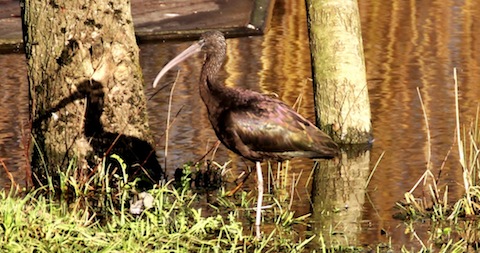
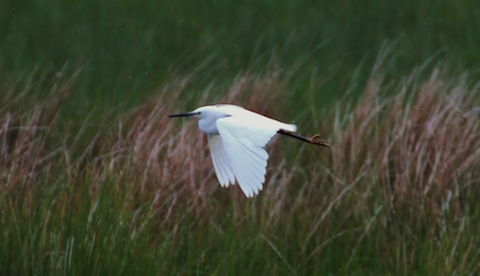
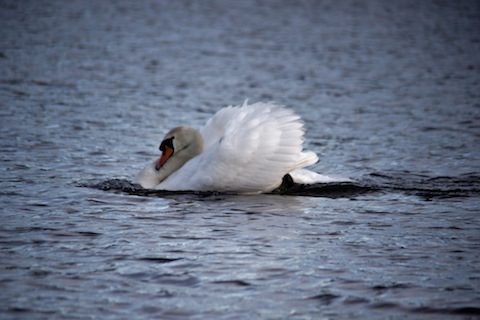

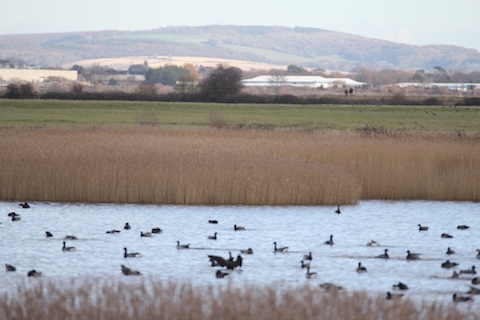
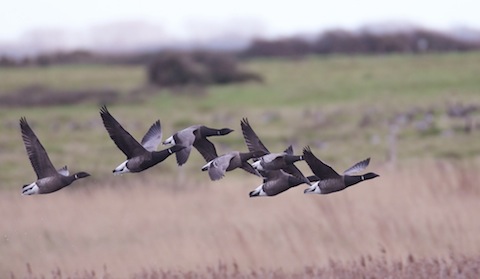
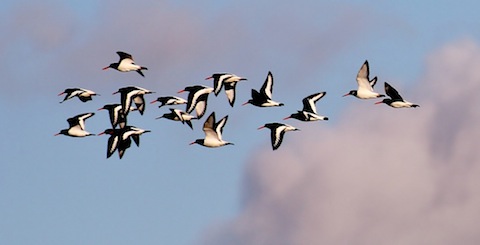
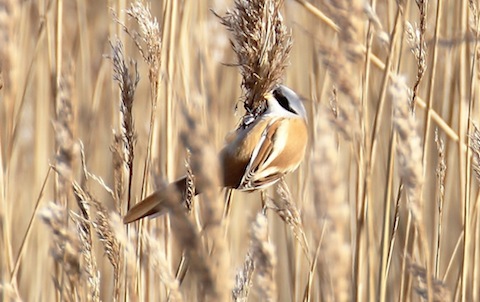
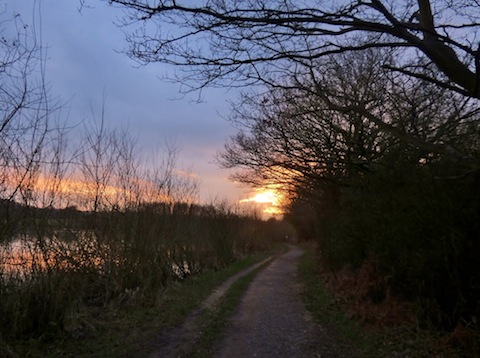

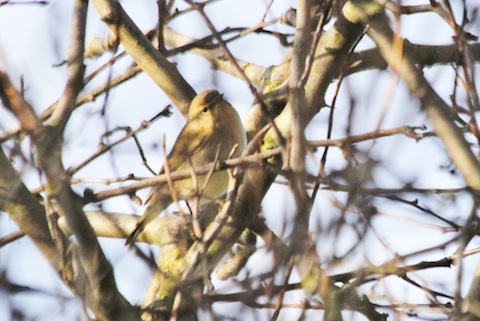
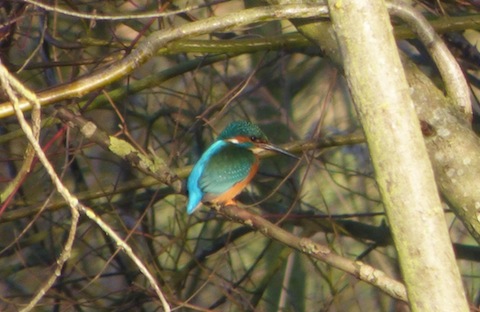
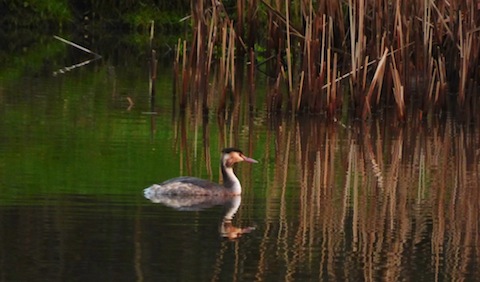
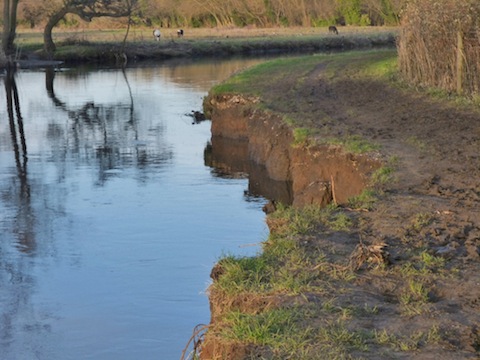
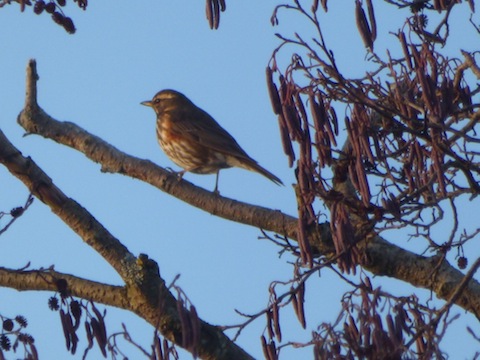
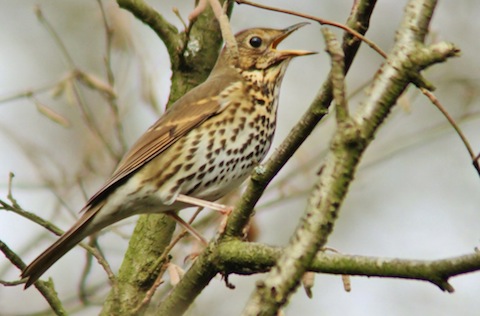
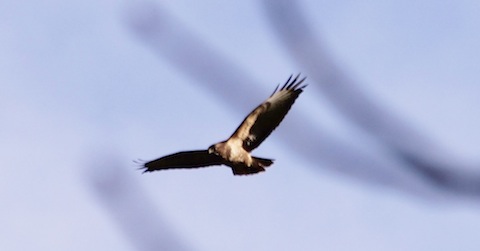








Mary Bedforth
January 30, 2014 at 9:33 am
I noticed all the recent visitors to Shalford Meadows which is still partially flooded. There were four egrets there yesterday. For a couple of years there was just one solitary bird but last year he was joined by another and this year by these others.
I am always struck at the brilliant whiteness of their plumage which makes them very visible against the browns and greys of this wet winter. They fly up to perch in the trees between the meadow and the footbridge when disturbed.
Sue Bushell
January 30, 2014 at 4:29 pm
Hi Malcolm,
Whilst walking around Broadwater Lake last week, Chris and I saw 3 large ducks which we had never seen before. I have a bird app on my mobile and failed to get a definite match, the nearest we could find was a Common Scoter! The duck appeared to be black but when it went into the sun the feathers were an inky blue and olive green, the beak also was black. The birds appeared to be resident on the lake as a friend has seen them there.
Any idea’s?
Best wishes
Sue
Malcolm Fincham
February 3, 2014 at 11:59 pm
Always pleasing to get responses from my reports.
On the question from Sue of unusual ducks seen at Broadwater Lake, from the description given I am very much inclined to suggest they are a hybrid of some kind.
That is quite common in wildfowl. I would almost certainly say they are of mallard decent by the olive green in the plumage.
Such sightings can be quite confusing to many a birdwatcher.
I have added a link about crossbreeding of ducks that may be of interest
http://www.ducks.org/conservation/waterfowl-biology/waterfowl-hybrids
Happy birdwatching to all my readers!